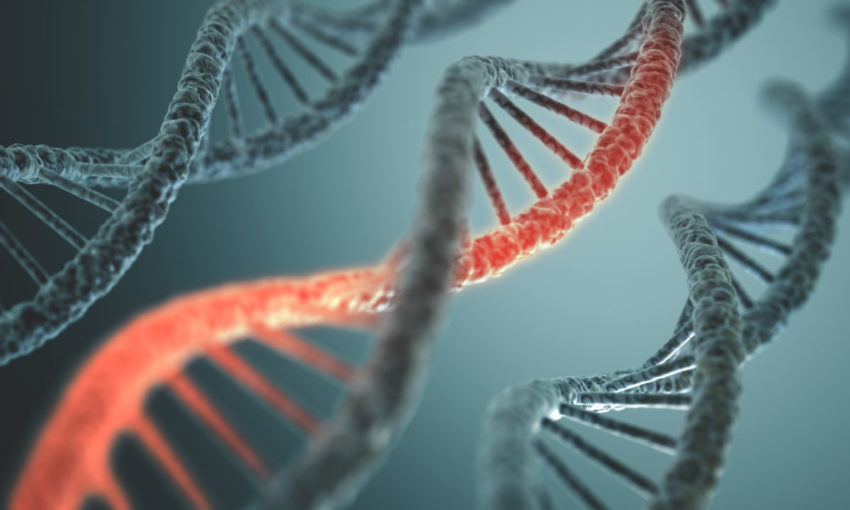An international team led by Patricia Dahia, M.D., Ph.D., of UT Health San Antonio, discovered a genetic mutation that explains why adults with severe congenital heart defects — who live with low oxygen in their blood — are at dramatically high risk for adrenal gland cancer.
The finding was made public March 29 in the New England Journal of Medicine.
The study focused on patients who were born with cyanotic congenital heart disease and went on to develop adrenal gland or related tumors called pheochromocytomas or paragangliomas. Detailed genetic analysis of these cases revealed mutations in a gene that regulates a hypoxia (low oxygen)-related pathway called EPAS1, also known as HIF2A. Cyanotic refers to a bluish or purplish discoloration that occurs when blood levels of oxygen are low. Patients with cyanotic heart disease have a sixfold higher risk of developing the adrenal gland tumors than patients without this severe type of heart disease, but the genetic basis for this heightened incidence was unknown.
“It was suspected that in patients with cyanotic heart disease, the low oxygen levels might lead directly to the growth of pheochromocytomas,” said Dr. Dahia, professor of medicine in the Joe R. & Teresa Lozano Long School of Medicine at UT Health San Antonio. “We found instead that a genetic mutation is the main reason why the tumor can appear in these patients. Most remarkably, the mutation turns on the main gene that causes the body to respond to low oxygen, further amplifying this response.”
“This finding provides important insights into our understanding of how the body adapts to conditions of low oxygen and how this can lead to tumors,” said Dr. Dahia, who also is a member of the Mays Cancer Center, the newly named center home to UT Health San Antonio MD Anderson Cancer Center.
“We found that this mutation is not inherited but is acquired later,” Dr. Dahia said. “The patient’s heart disease may create conditions that make it more likely for the mutation to appear. Understanding this mechanism requires further studies.”
Importantly, clinical-grade inhibitors of HIF2A exist and are in early clinical trials for a variety of conditions, including pheochromocytomas. “Thus, this discovery can potentially have an impact on patients’ lives,” she said.
The work in Dr. Dahia’s lab was co-led by graduate student Shahida Flores, M.Sc., and collaborator Anand Vaidya, M.D., Harvard Medical School. Other authors on the paper are research scientist Zi-Ming Cheng, M.D., Ph.D.; postdoctoral fellow Yilun Deng, M.D., Ph.D.; and pathologist Marlo Nicolas, M.D., at UT Health San Antonio. Collaborators from the University of São Paulo, Brazil, and Vall D’Hebron Institute, Spain also participated in this project. This research is made possible by grants from, among other funders, the National Institutes of Health, the Cancer Prevention & Research Institute of Texas and the Greehey Children’s Cancer Research Institute at UT Health San Antonio.


